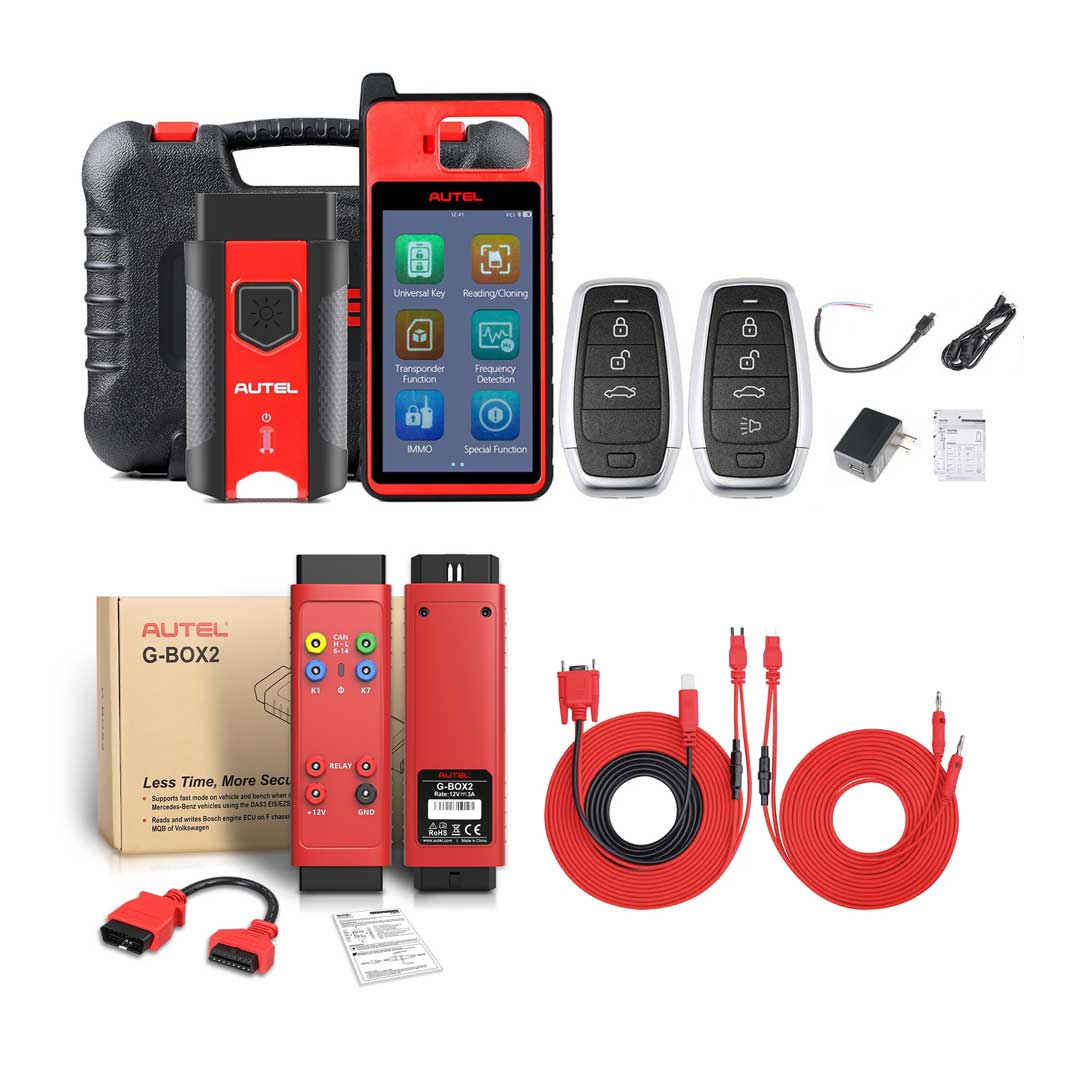In our fast-paced society in which technology is the king it is no wonder that the area of repair and maintenance for vehicles is undergoing a revolution. It’s gone are the days where tools for mechanics were mainly comprised of wrenches, screwdrivers, and hands that were oily. Modern automotive technology has embraced cutting-edge diagnostic tools and scanners to decode the hidden secrets beneath the hood of a car. Diagnostic tools, which are often called”the “doctor’s stethoscope” of the automotive industry, have become an essential tool for professional mechanics and car owners alike.
The history of diagnostic instruments in the automotive industry can be traced back as far as the basic OBD (On-Board Diagnostics) systems which were first developed in the 1980s. They were in the early days rudimentary and only provided an overview of the vehicle’s capabilities. In the meantime, as automobile technology advanced and diagnostic instruments developed, so did the tools. Modern diagnostic scanners are equipped with modern capabilities, allowing they to interface with system in the vehicle’s computer, offering instantaneous data and pinpointing problems with remarkable precision.
The moment of change in the development of diagnostic scanners occurred in the mid-1990s when the On-Board Diagnostics II (OBD-II) standard. This standardized system mandated that all vehicles sold in the United States had a universal connector, as well as a set of diagnostic trouble-codes. Therefore, diagnostic tool scanners evolved to become more universal, compatible with more vehicles, and capable of providing more detailed information about the condition of your car. OBD-II scanners can access real-time data, such as cooling temperature, RPM of the engine, and vehicle speed which allows mechanics to identify issues with greater accuracy.

One of the main benefits of autel maxisys ultra capability to speed up the process of troubleshooting. The past, identifying the issue with a vehicle was often tedious guesswork and trial-and error repair. With a scanner, mechanics can identify quickly the issue and save time as well as money. This efficiency results in the owners of cars saving money in addition, as they’re able to avoid costly repairs or replacement of parts.
A further significant development in the evolution of diagnostic scanners has been the introduction of wireless connectivity and compatibility with tablets and smartphones. Thanks to the introduction of Bluetooth and Wi-Fi technologies, scanners are now able to communicate with mobile devices, allowing to transfer data in a seamless manner and remote diagnostics. Technicians are able to conduct check-ups and get Diagnostic information at a distance, which is especially useful in an age where electronic connectivity is becoming an everyday requirement. Additionally, mobile applications can further enhance the user experience, providing intuitive interfaces, and live updates of a vehicle’s condition.
Wireless technology has also brought diagnostic tool scanners into an era of 21st-century technology. The majority of scanners today connect to smartphones or tablets via Bluetooth making it possible to use them for quick and portable diagnostics. Mobile apps for these scanners provide user-friendly interfaces and usually include features like maintenance trackers, fuel economy monitoring, as well as reports about the vehicle’s history. The wireless connection has helped automobile owners to check the health of their car, possibly prevent issues from becoming dangerous and expensive.